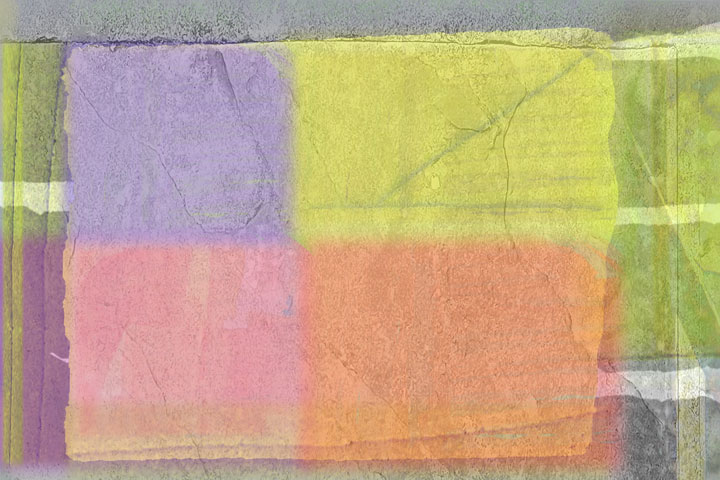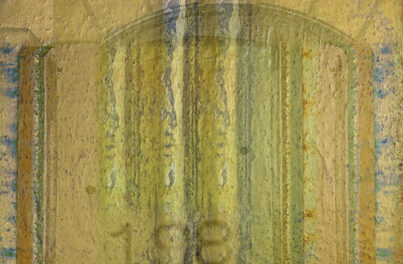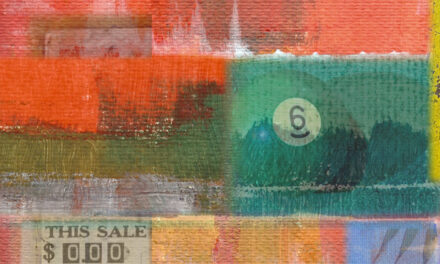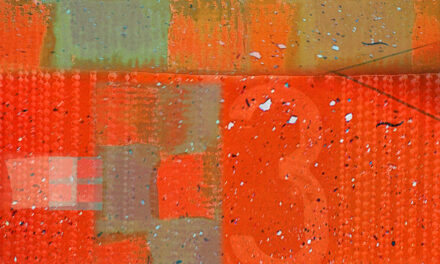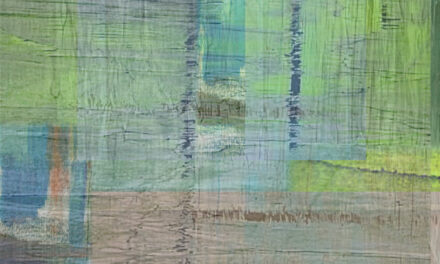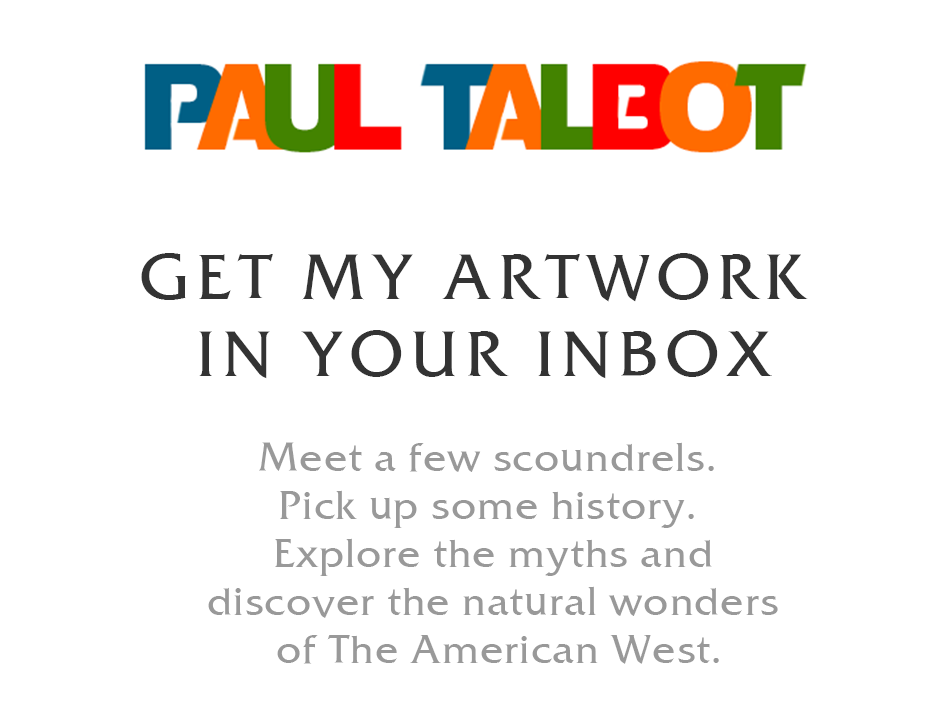When The Land Of Little Rain first appeared in 1906, it’s author, Mary Austin, guided us through areas of the west that were unsettled, unappreciated and unknown.
Rooted in California’s Owens Valley and the Mojave Desert, the book unfurls across the barren west. It seems to drift over state lines. It is a delightful book and one of its many gifts allows us to look at the land through the lens of the early 1900s.
Mary Austin calls the stretches of desert we now drive across on Interstate 15 when we travel from Las Vegas to Los Angeles as “the country of lost borders.” She credits Native Americans for this enchanting name.
And she describes this land wonderfully, with a tenderness that melts away today’s intrusions.
“There are hills, rounded, blunt, burned, squeezed up out of chaos, chrome and vermillion painted, aspiring to the snowline. Between the hills lie high level-looking plains full of intolerable sun glare, or narrow valleys drowned in a blue haze. The hill surface is streaked with ash drift and black, unweathered lava flows.”
The Land Of Little Rain is one of those books perhaps best enjoyed in brief tastings, a chapter or two at a time. It is rhythmic and rich, serving us small plates of the least known southwest.
It is rich and specific with references to the region’s flora and fauna. We’re introduced to linnets, blackbirds, mallards, fruitbirds, silver fir, rosy-winged dodecatheon and buckthorns.
But this is not a guide. Mary Austin doesn’t tell us how to follow in her footsteps and find what she has found. Her same reticence was reprised by Edward Abbey when he wrote Desert Solitaire: A Season in the Wilderness, 65 years later.
But it happens that some of us yearn to visit some of these places. We understand that Mary Austin and Edward Abbey believe we will be ill-prepared for these wonders unless we manage to find them on our own. Their interest in safeguarding these places seems reasonable, albeit with a tinge of arrogance.
When Mary Austin introduces us to the charms and mysteries and of El Pueblo de las Uvas, she tells us, “Where it lies, how you get at it, you will not get from me.”
But we have no problem finding The Panamint Mountains. And with little effort we can visit Mount Mary Austin, up in the John Muir Wilderness in the Sierra Nevada, a few miles from where she once lived in Independence, California.
Of course some, and in some cases much of what Mary Austin writes of is gone. The land has been traversed by electric lines and pockmarked by microwave relay stations.
But for now, plenty remains for us to admire. The Land Of Little Rain invites us to experience this land as it was a century ago, to see it all through a different set of eyes, to enjoy unadulterated views free from the scuffs of today’s distractions, untethered from today’s technology.
And the book reminds us that this western land we can so easily experience is magnificent.

